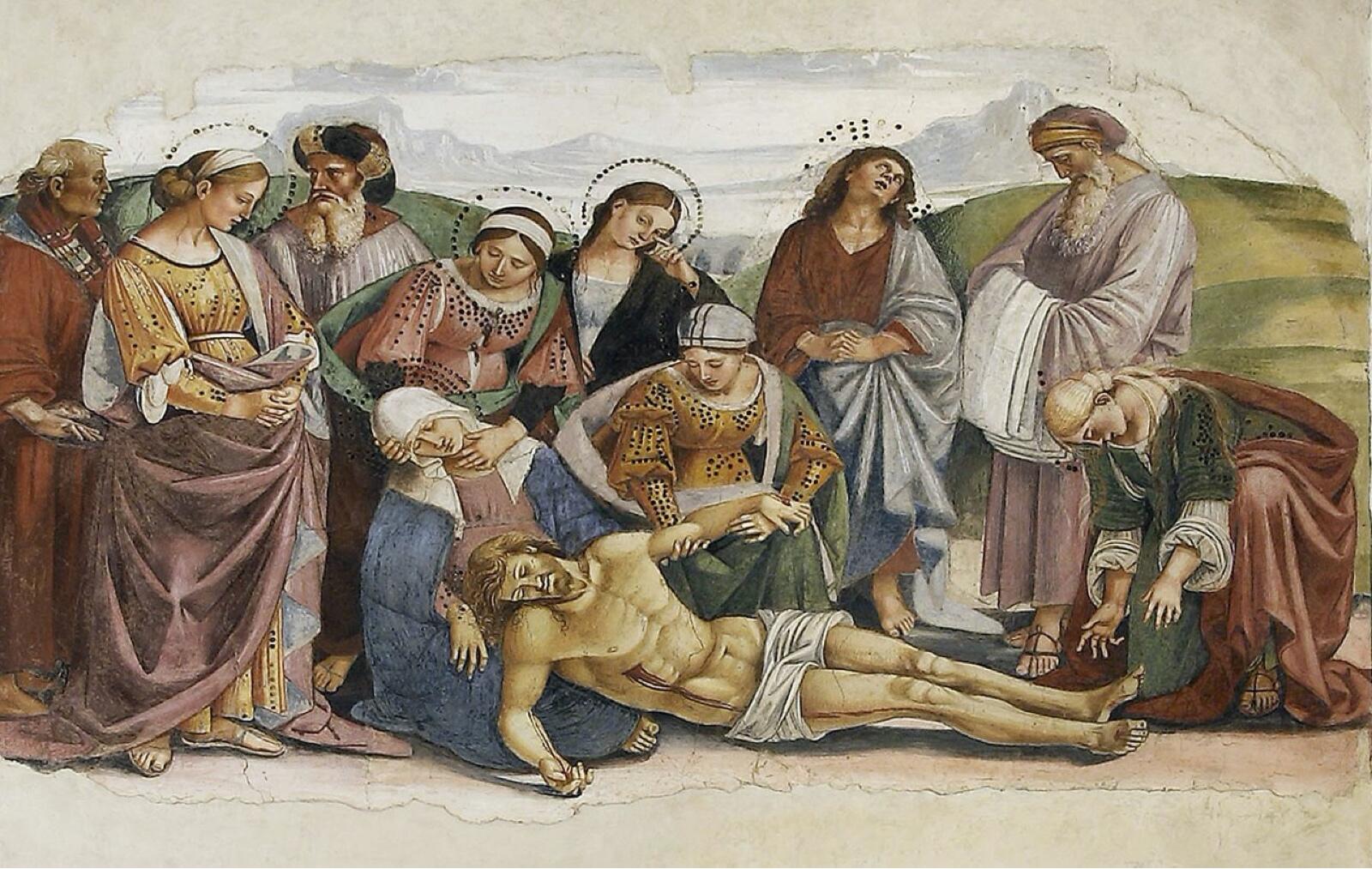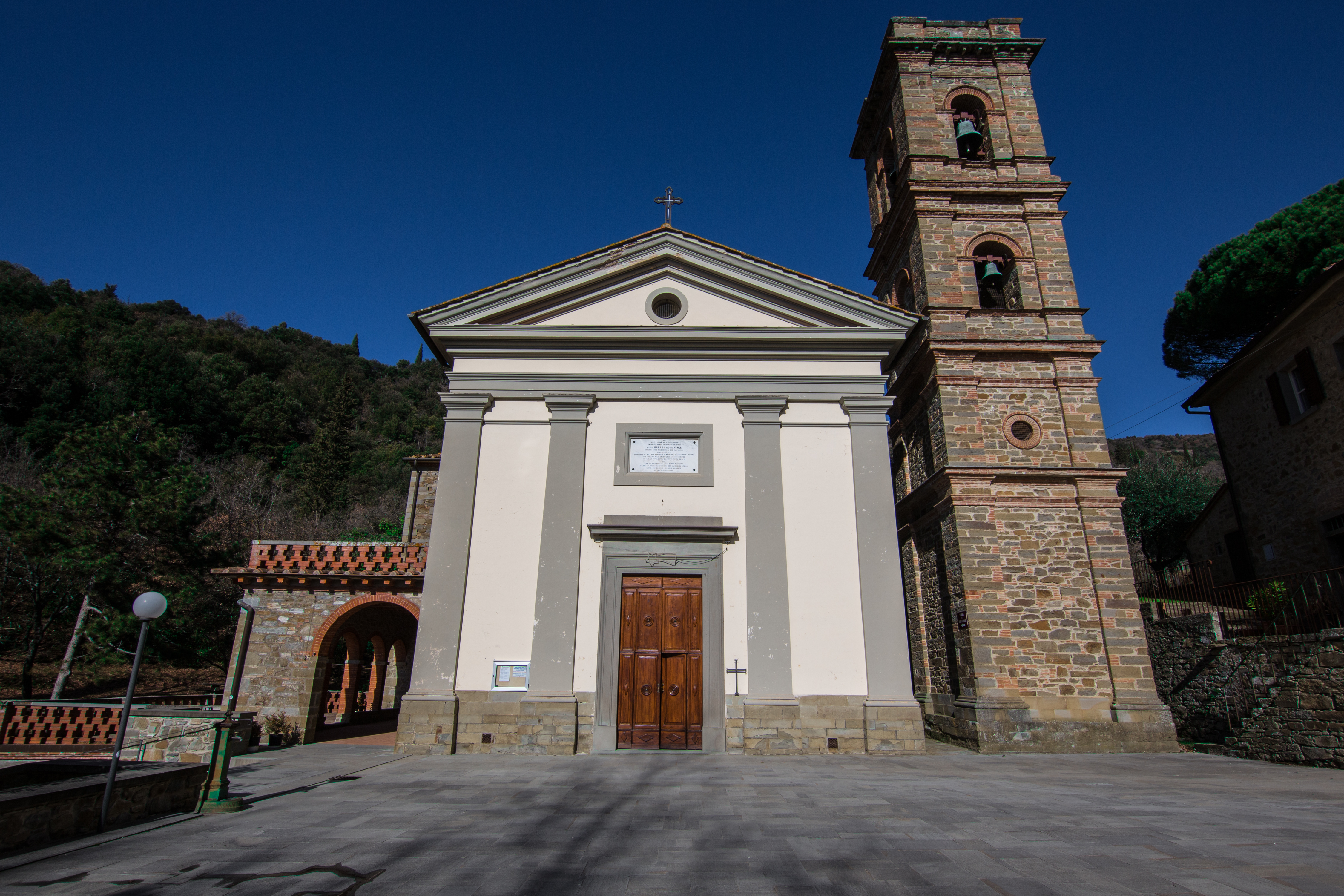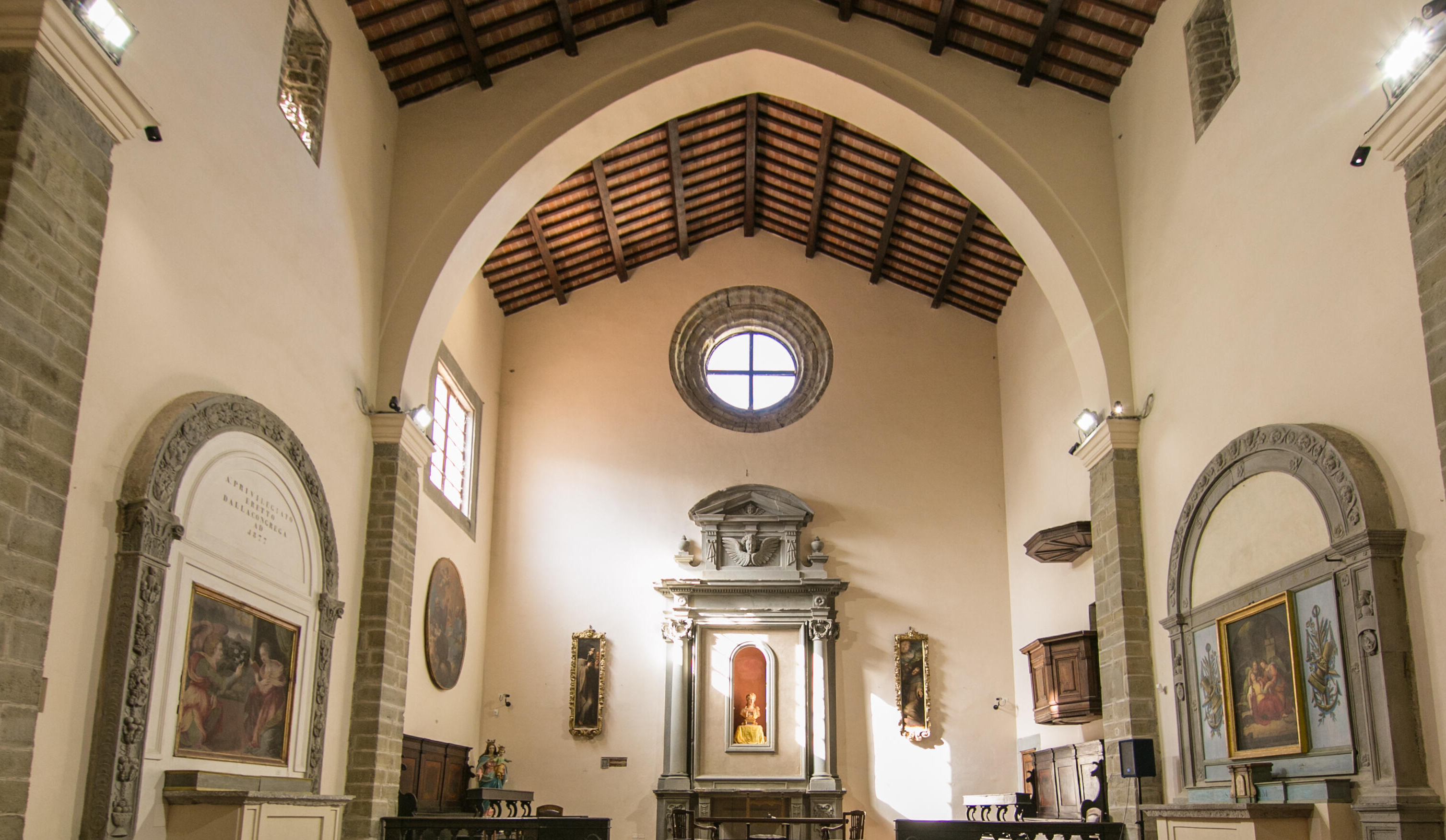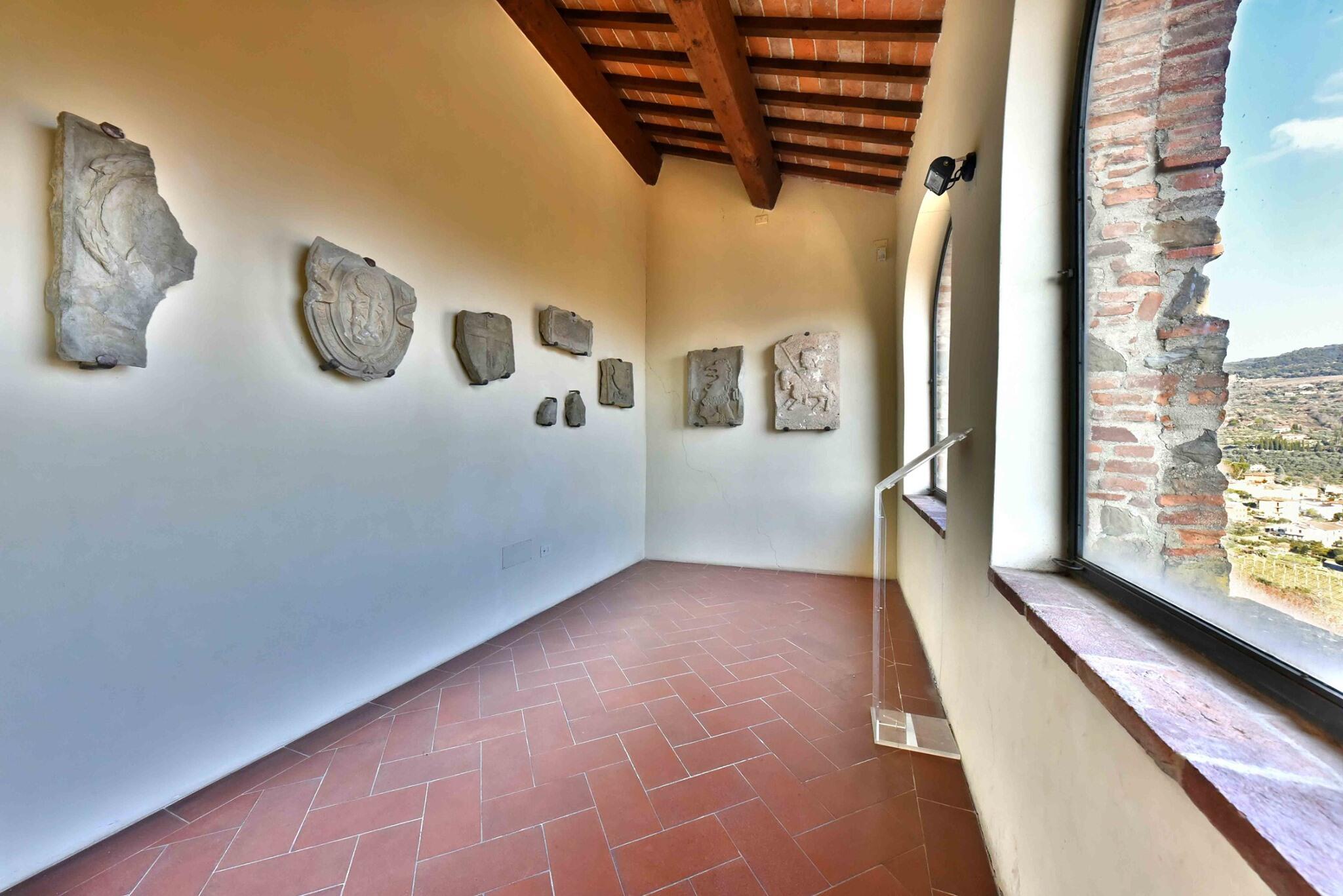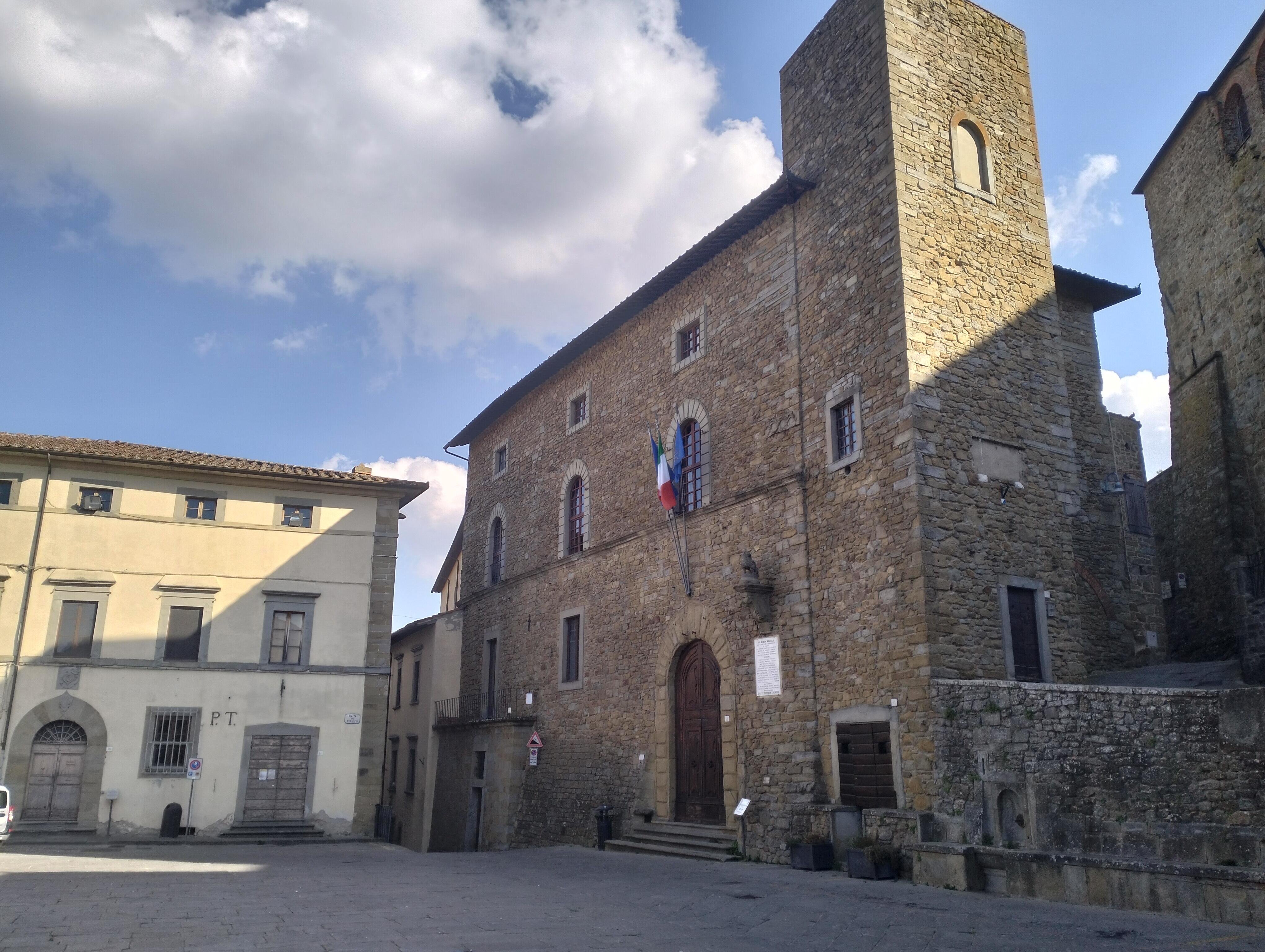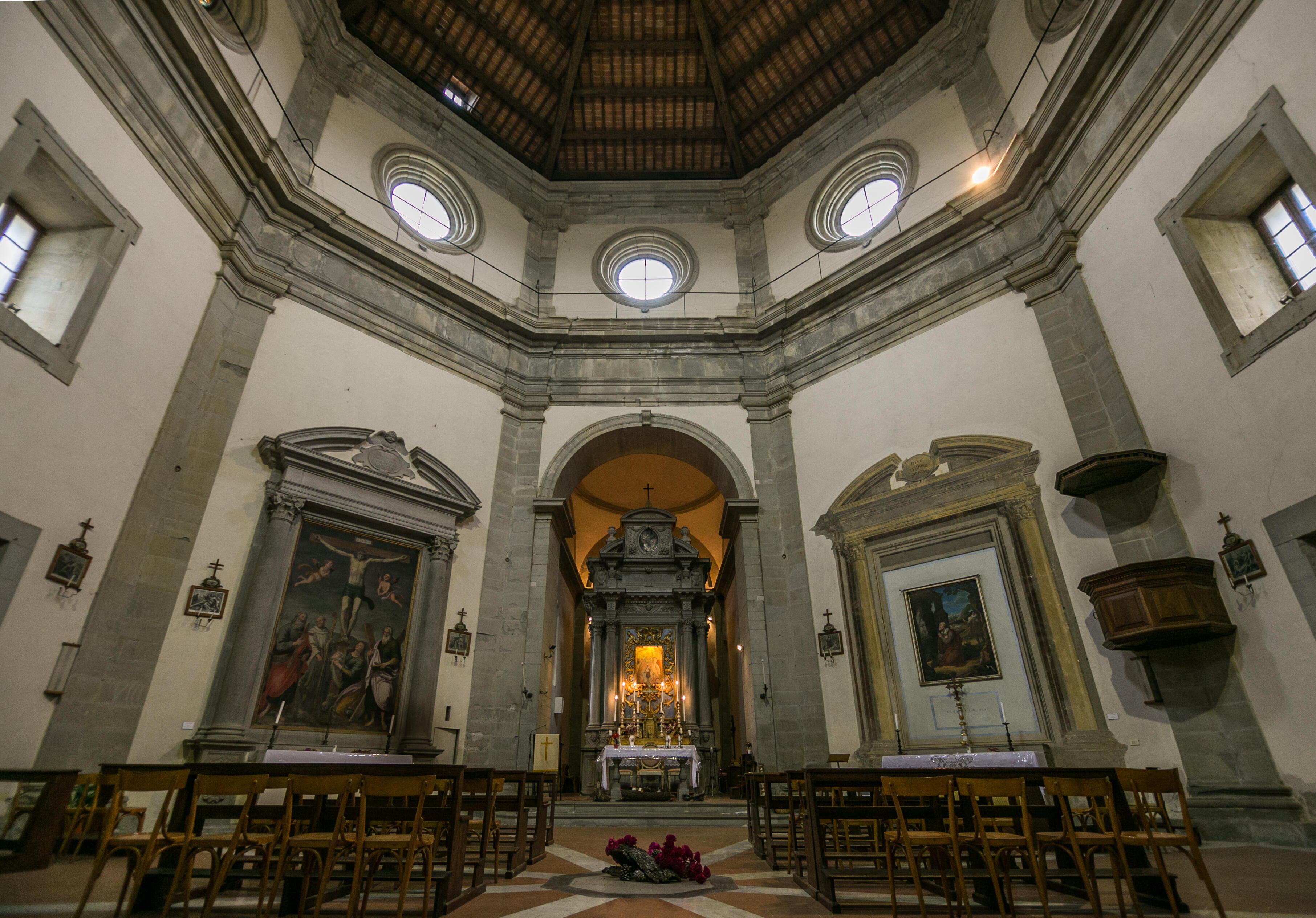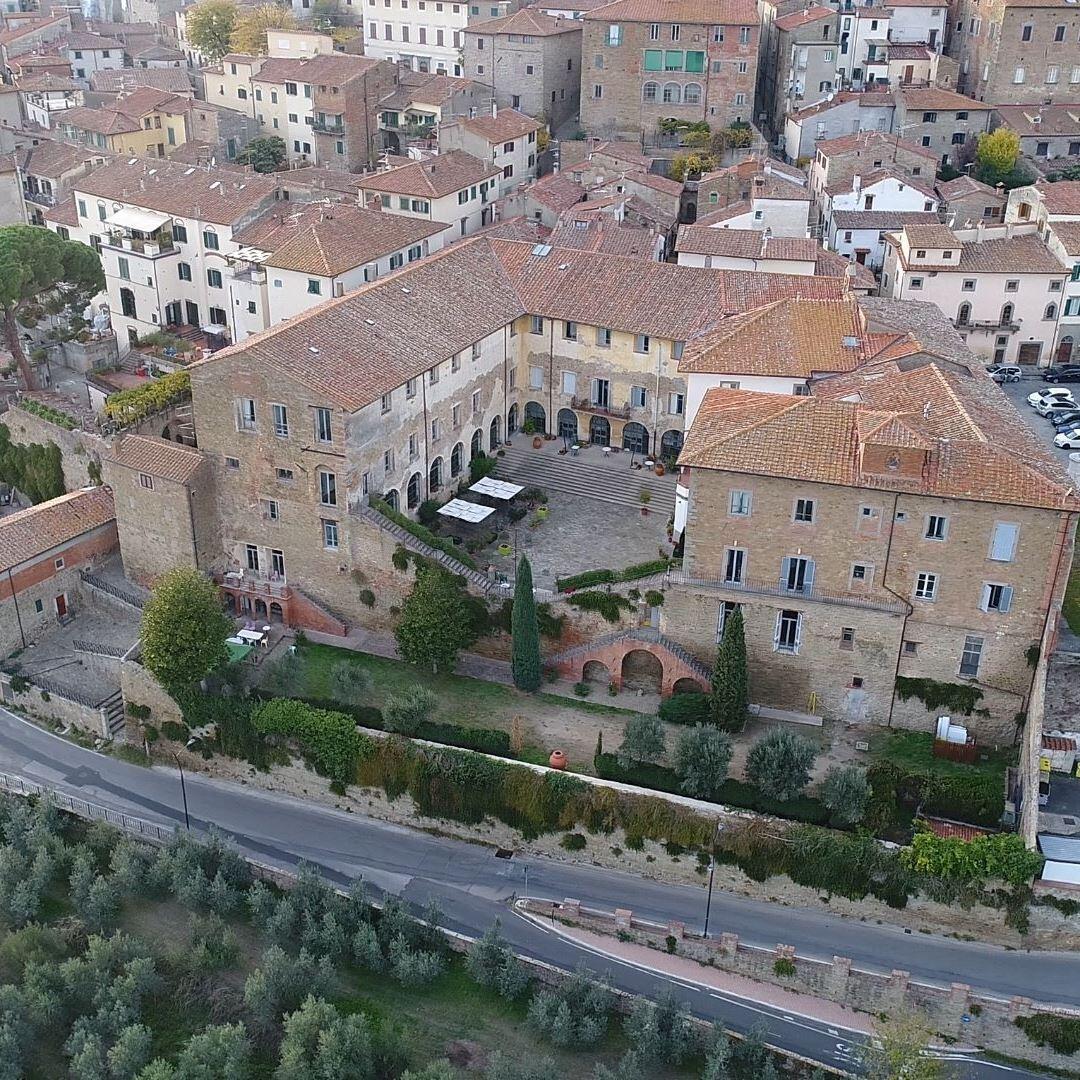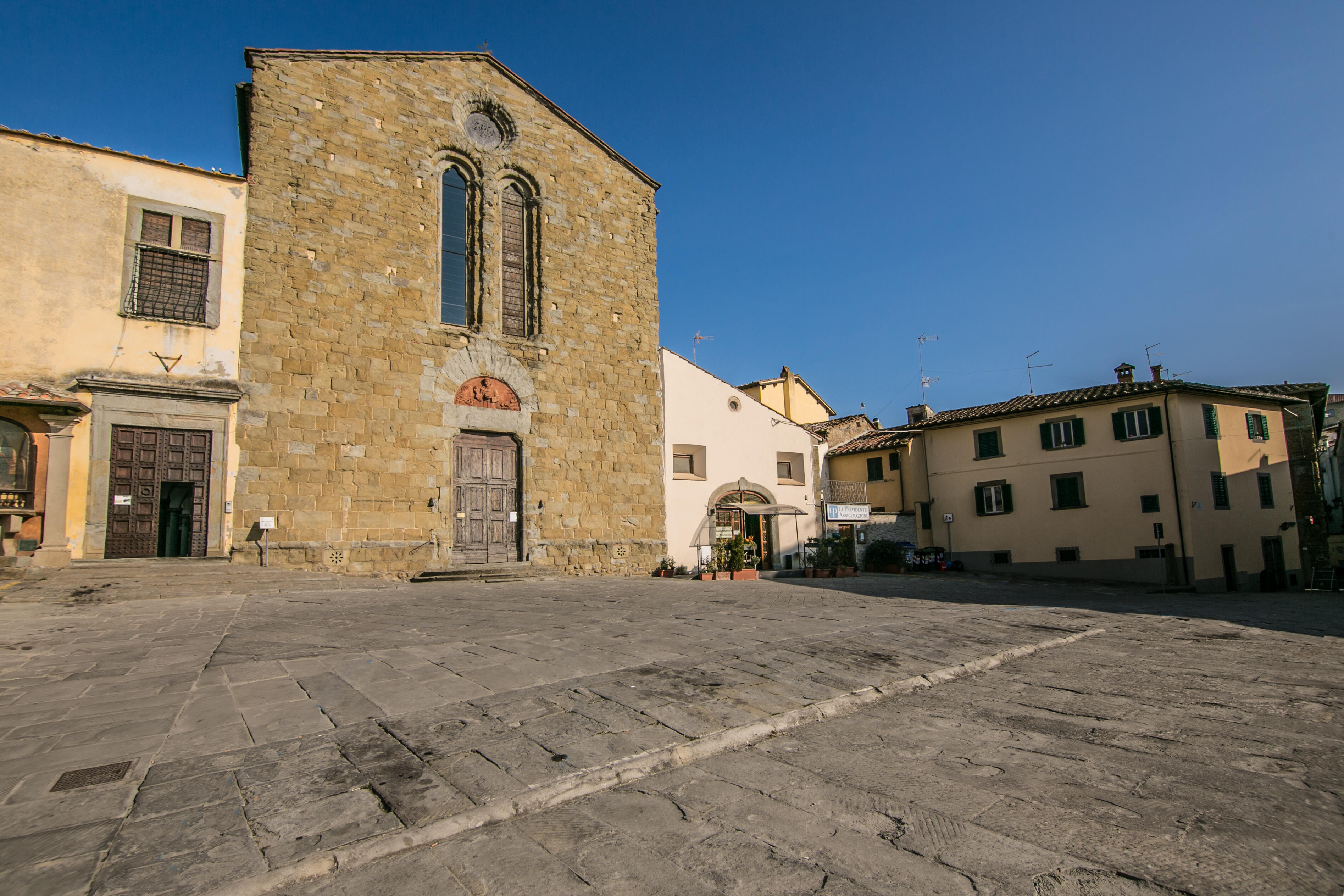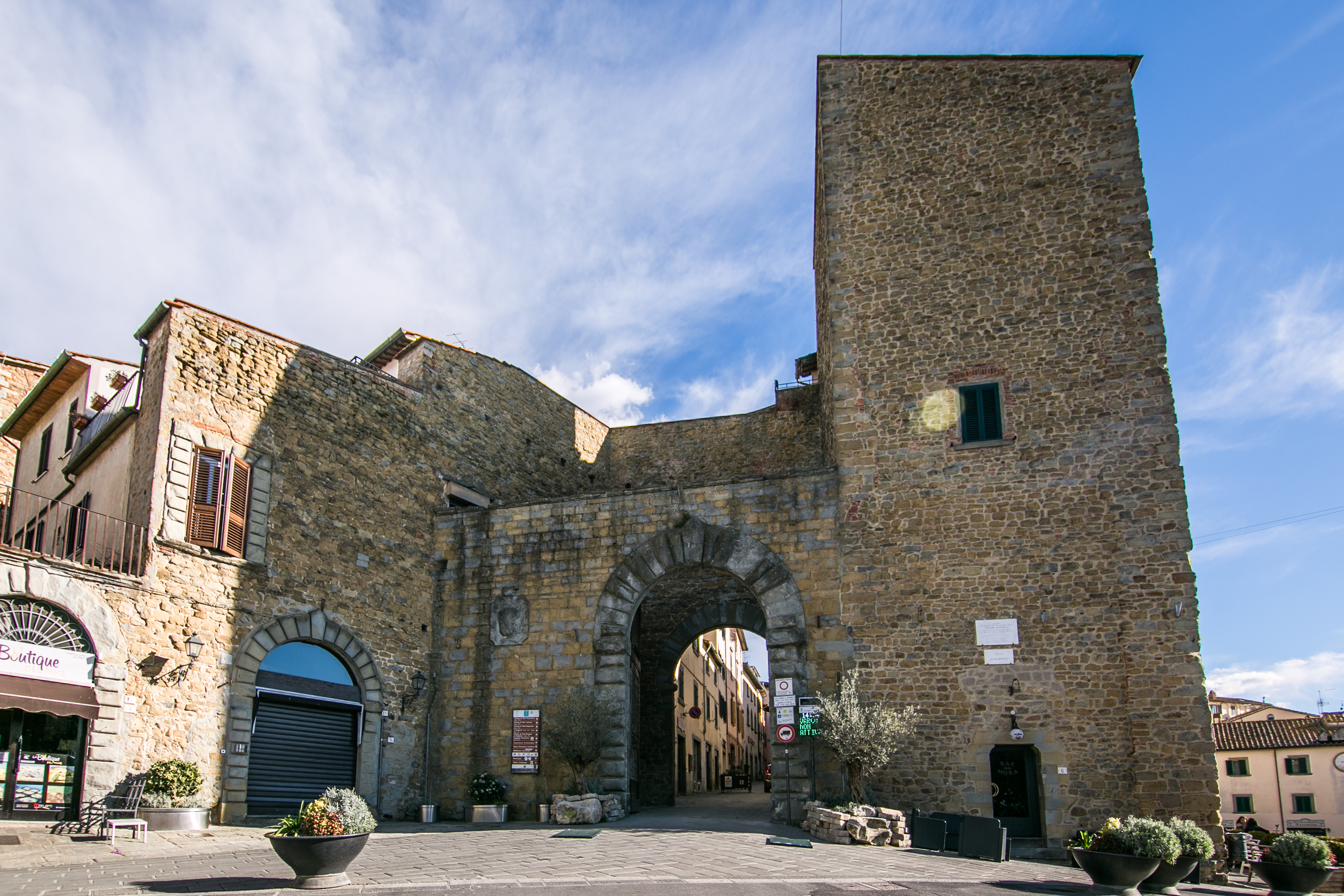POINT OF INTEREST
MONUMENTS
Porta Perugina
Al termine di una ripida scalinata è disponibile l'accesso occidentale al fortilizio del Cassero
At the end of a steep staircase there is the western access to the Cassero fortress. The entrance was built by the Perugians in the mid-14th century during their domination of the Municipality. The gate, built in local stone, replaced the nearby Etruscan gate that had been blocked under the walls since the 11th century.
The opening seems to correspond to the so-called Porta Caditoia or Porta dell'ultimo soccorso, mentioned in sources as the last defensive bastion for the inhabitants of the castle. It seems that the gate was little used since what is still today the main access to the Cassero area was used.
Above the arch three coats of arms in sandstone are barely legible, badly deteriorated, which probably recall the dominations suffered by the Municipality of Castiglion Fiorentino.
Images that tell a story
Welcome to our gallery: a collection of images that tell moments, emotions, and details that often escape words. Each shot is a fragment of history, a memory to share, a perspective to explore. Browse and let yourself be inspired.


 ITA
ITA